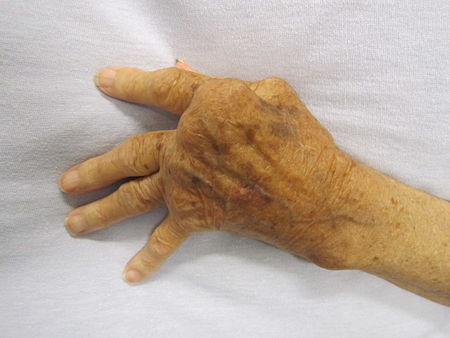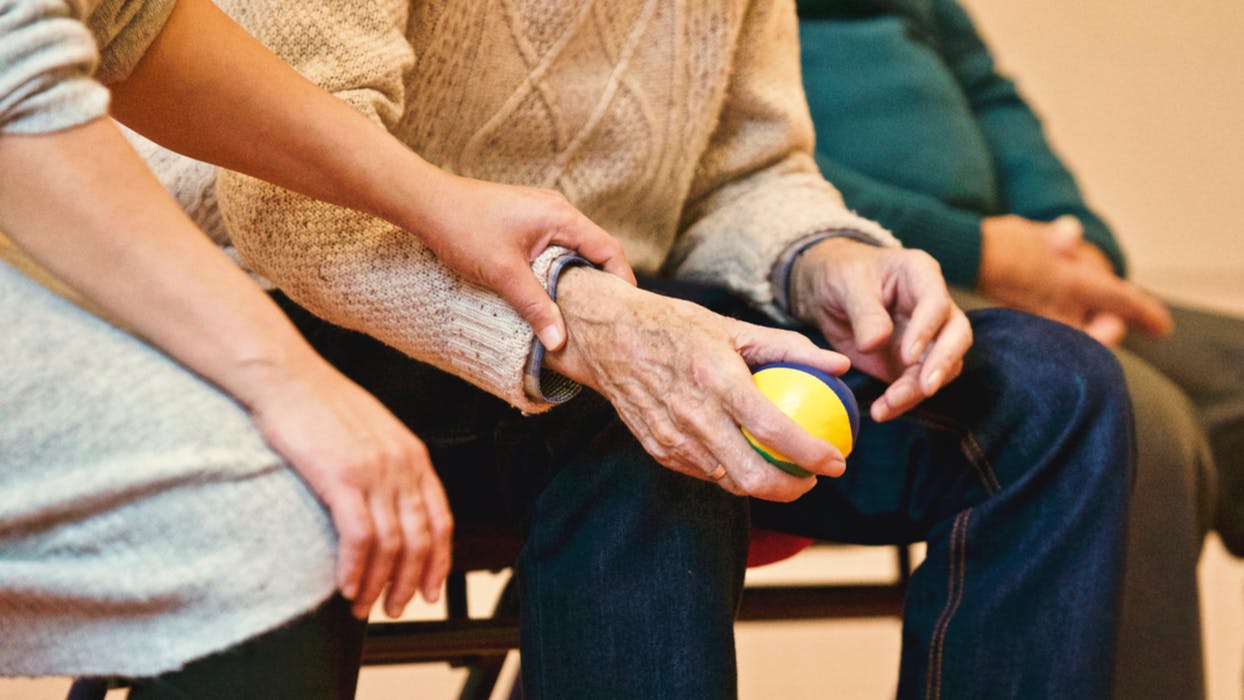nalco group
bone, muscle & joint pain physio
BOOK NOW / WHATSAPP ABOUT YOUR PAIN OR INJURY
- NOVENA 10 Sinaran Drive, Novena Medical Center #10-09, Singapore 307506
- TAMPINES 9 Tampines Grande #01-20 Singapore 528735
- SERANGOON 265 Serangoon Central Drive #04-269 Singapore 550265
Home > Blog > Physiotherapy & Hand Therapy > Rheumatoid Arthritis Physiotherapy
Rheumatoid Arthritis Physiotherapy

Rheumatoid arthritis (RA) is a long-term autoimmune disorder that primarily affects joints.[1] It typically results in warm, swollen, and painful joints.
Pain and stiffness often worsen following rest. Most commonly, the wrist and hands are involved, with the same joints typically involved on both sides of the body. The disease may also affect other parts of the body.
This may result in a low red blood cell count, inflammation around the lungs, and inflammation around the heart. Fever and low energy may also be present. Often, symptoms come on gradually over weeks to months.
RA affects about 24.5 million people as of 2015. This is between 0.5 and 1% of adults in the developed world with 5 and 50 per 100,000 people newly developing the condition each year. Onset is most frequent during middle age and women are affected 2.5 times as frequently as men.
In 2013, it resulted in 38,000 deaths up from 28,000 deaths in 1990. The first recognized description of RA was made in 1800 by Dr. Augustin Jacob Landré-Beauvais (1772–1840) of Paris. The term rheumatoid arthritis is based on the Greek for watery and inflamed joints.
causes of rheumatoid arthritis
While the cause of rheumatoid arthritis is not clear, it is believed to involve a combination of genetic and environmental factors.
Sometimes there is a "trigger event" that causes the condition to manifest from a dormant one to an active one, such as extreme cold or extreme stress.
The underlying mechanism involves the body's immune system attacking the joints. This results in inflammation and thickening of the joint capsule. It also affects the underlying bone and cartilage.
rheumatoid arthritis diagnosis
The diagnosis is made mostly on the basis of a person's signs and symptoms.
X-rays and laboratory testing may support a diagnosis or exclude other diseases with similar symptoms. Other diseases that may present similarly include systemic lupus erythematosus, psoriatic arthritis, and fibromyalgia among others.
rheumatoid arthritis physiotherapy and hand therapy

The goals of treatment are to reduce pain, decrease inflammation, and improve a person's overall functioning.
Research studies have shown that physical exercise of the affected joint can noticeably improve long-term pain relief. Furthermore, exercise of the arthritic joint is encouraged to maintain the health of the particular joint and the overall body of the person.
Individuals with arthritis can benefit from both physiotherapy and hand therapy. In arthritis the joints become stiff and the range of movement can be limited. Physical therapy has been shown to significantly improve function, decrease pain, and delay need for surgical intervention in early to advanced arthritic cases.
Exercise prescribed by a physiotherapist has been shown to be more effective than medications in treating osteoarthritis of the knee. Exercise often focuses on improving muscle strength, endurance and flexibility.
Physiotherapy intervention includes
- decreasing and managing ongoing pain and inflammation with cold therapy
- ultrasound therapy to accelerate the healing process
- joint and soft tissue movement and range of motion
- muscle strengthening of the affected joints and the muscles around it
- weight loss programs such as exercises, working with our dietitian
- prescribe any walking aids if necessary and train how to use them safely and effectively
- prescribe customized finger, hand or foot splints
We don't recommend patients take medicine or painkillers for long term due to risk of side effects as well as addictions, and for severe cases, patients may consider joint replacement surgeries. An artificial joint can last 10-15 years.
That being said, one of the best ways to treat rheumatoid arthritis is prevent it entirely by being active, and you can exercise with us and our senior physiotherapists to prescribe arthritis-specific exercises programs. If you already have it, then we can help to slow down the progress by managing it well.
Even if you require surgery, post-surgery physiotherapy will help you accelerate your progress to back to work, life and activities that matter to you.
